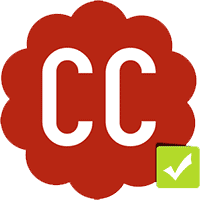Writing content for non-profit organizations
When writing content for non-profit organizations make sure that your content encourages active engagement and well-directed communication. You have to highlight the fact the organization is making a positive impact and how more community involvement can bring about greater change. He
